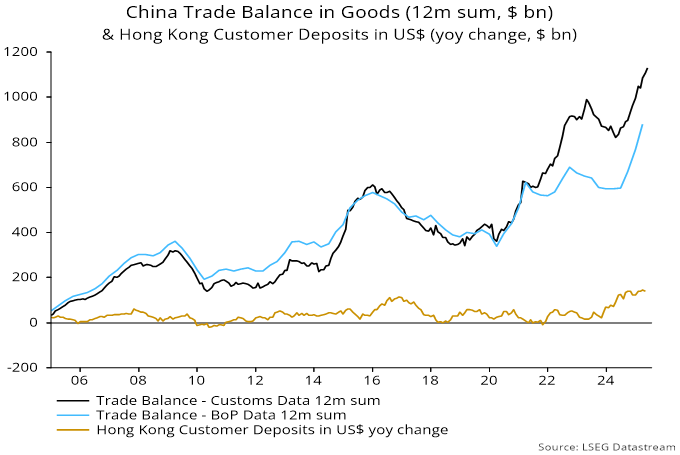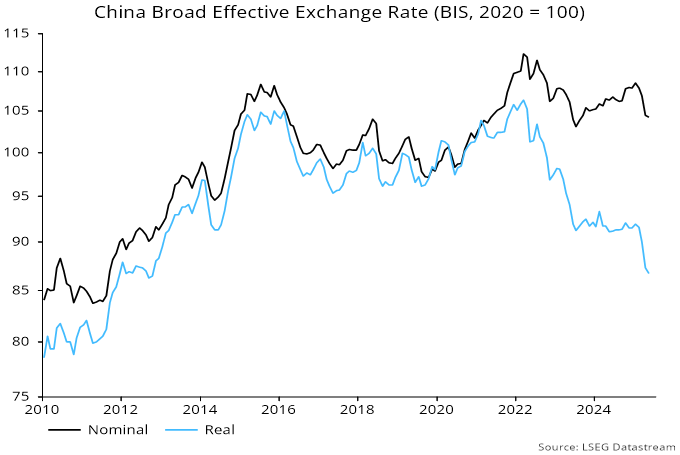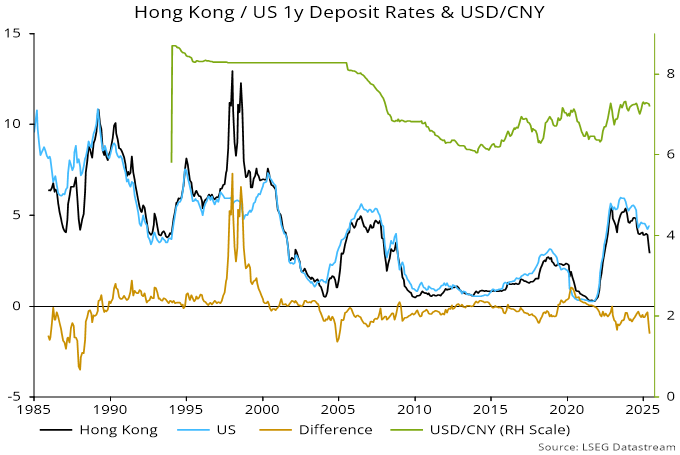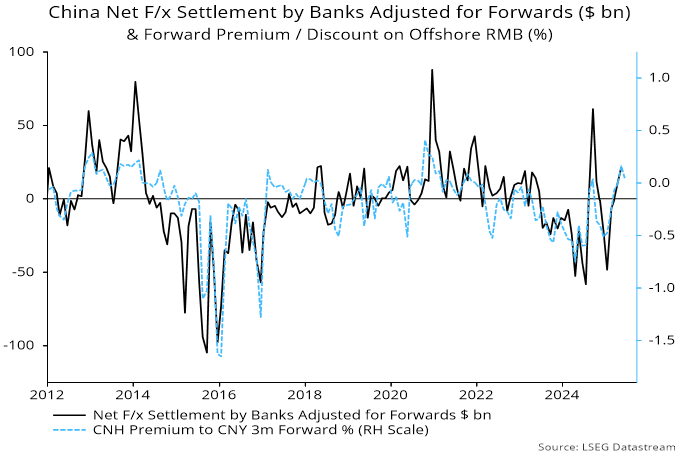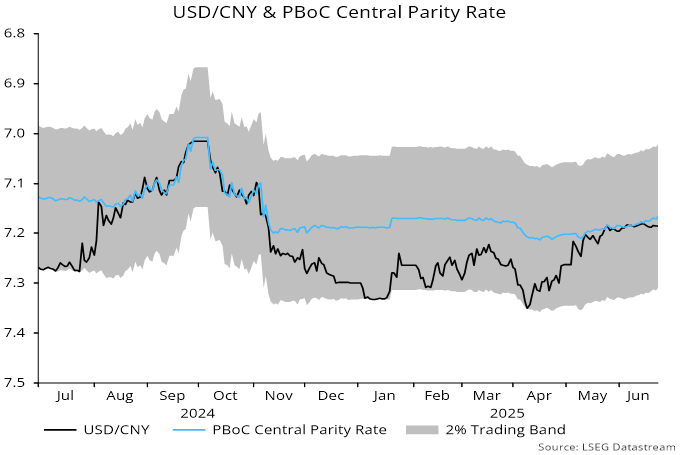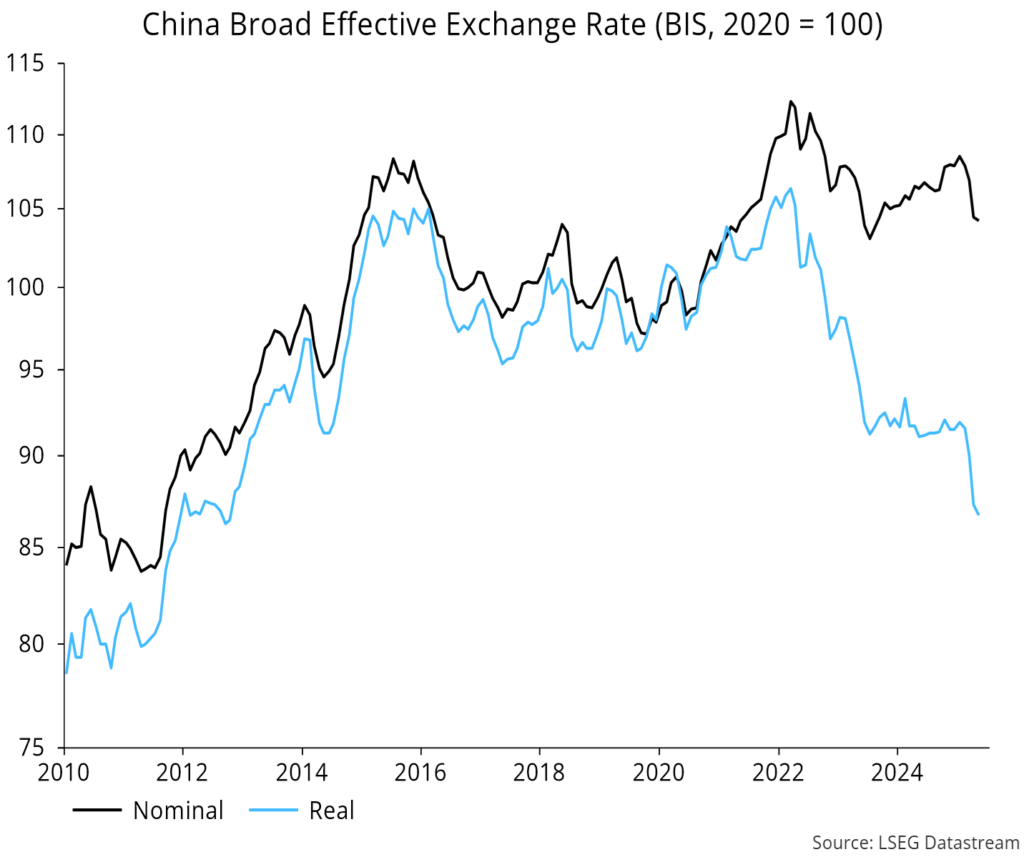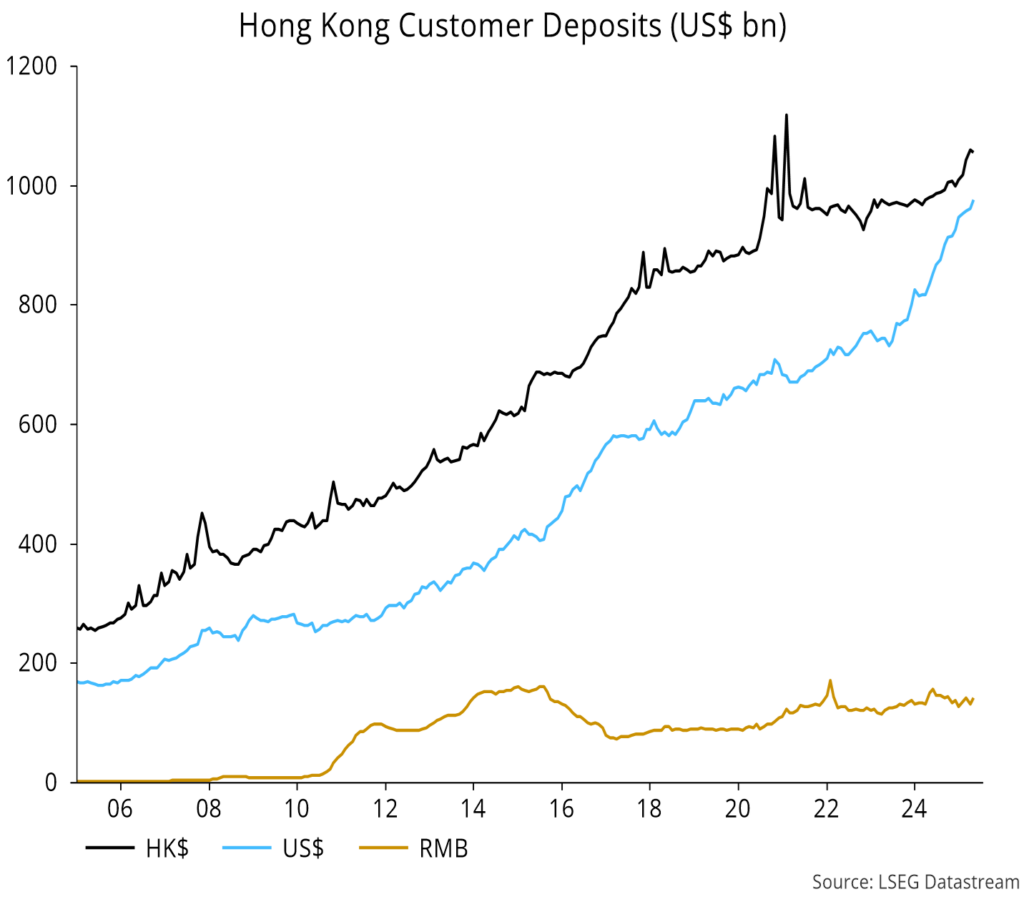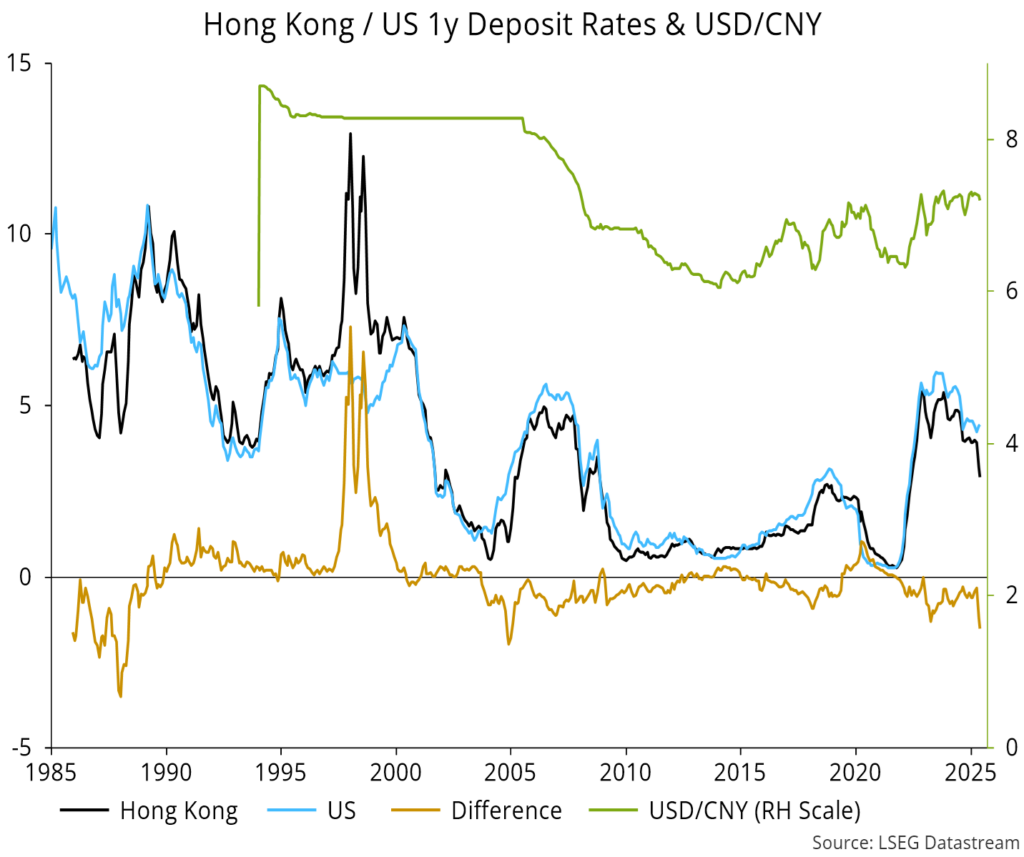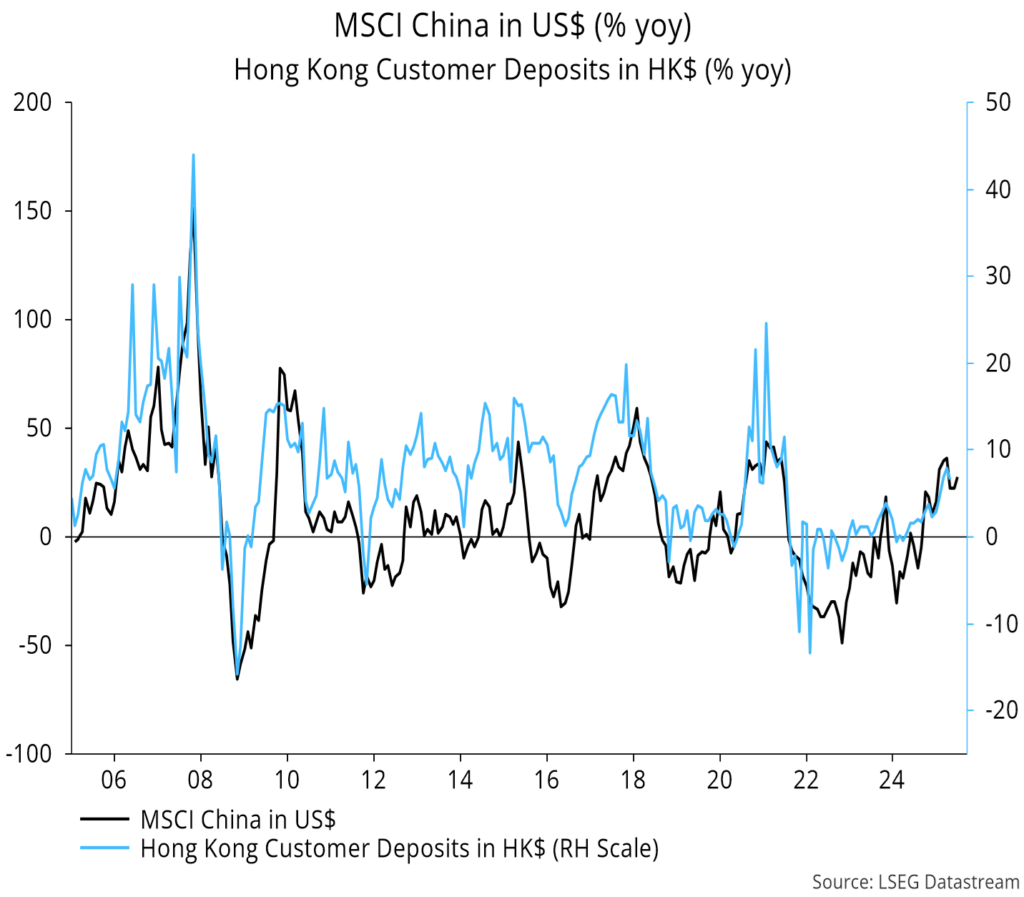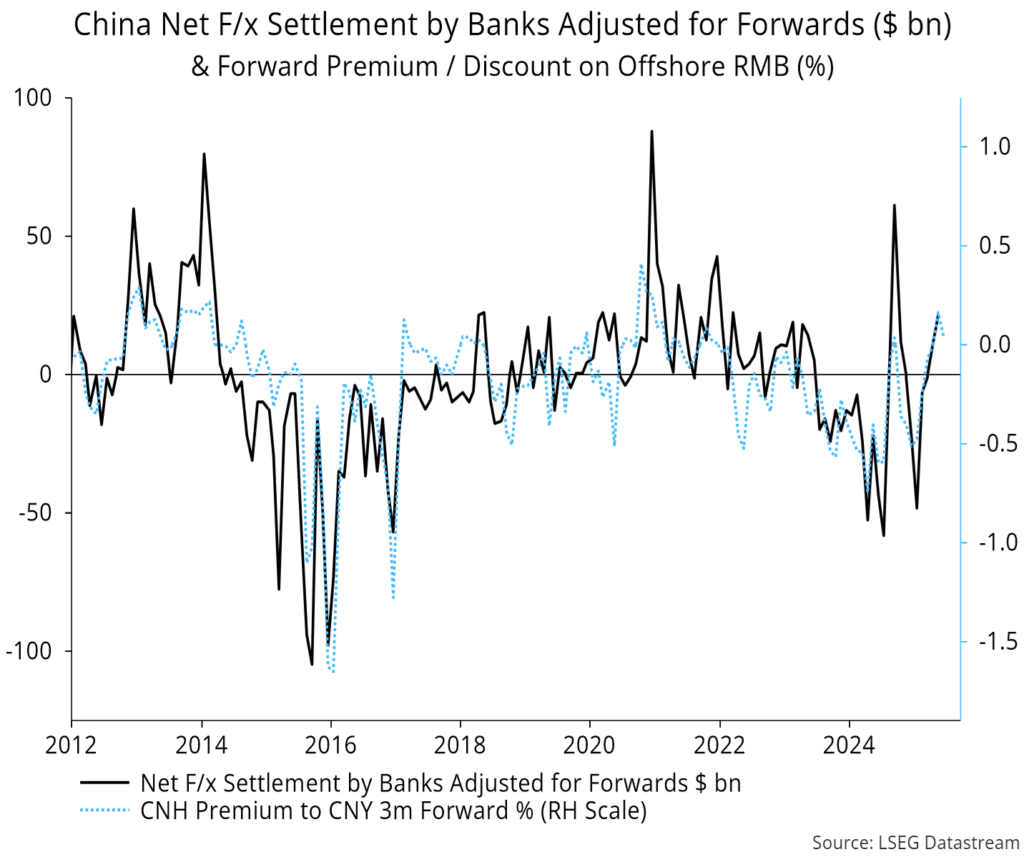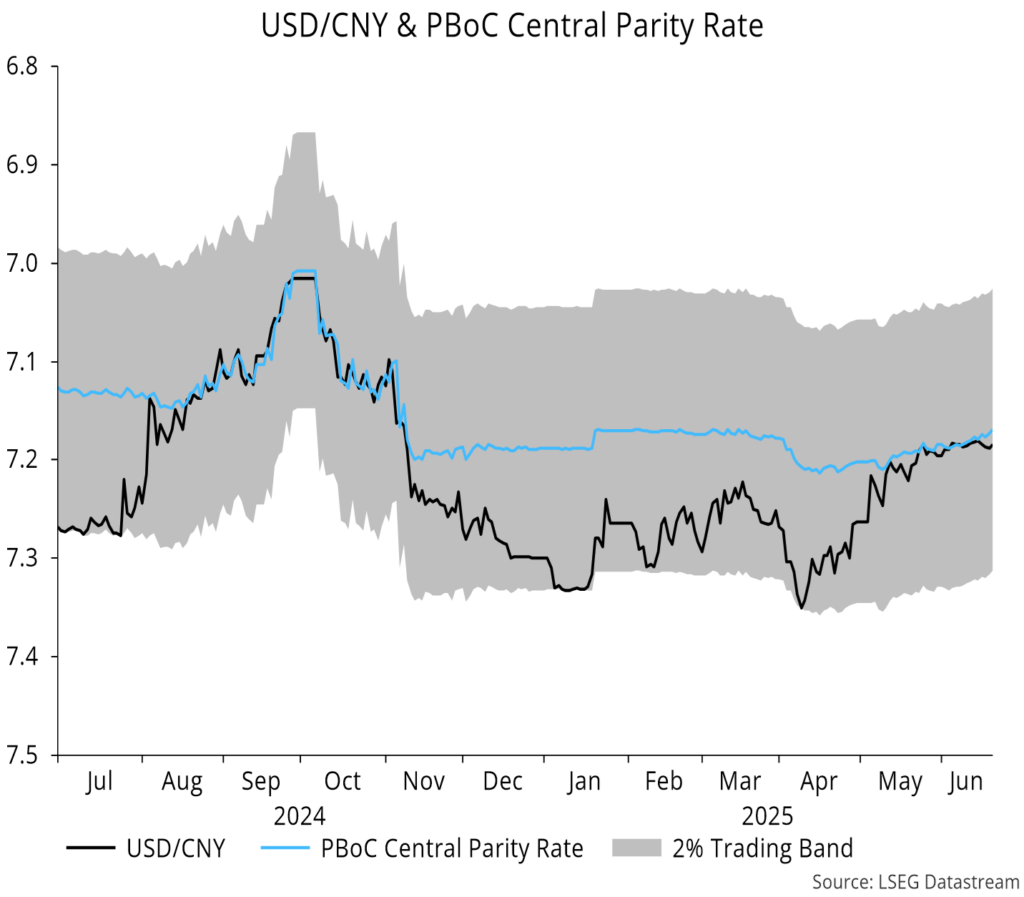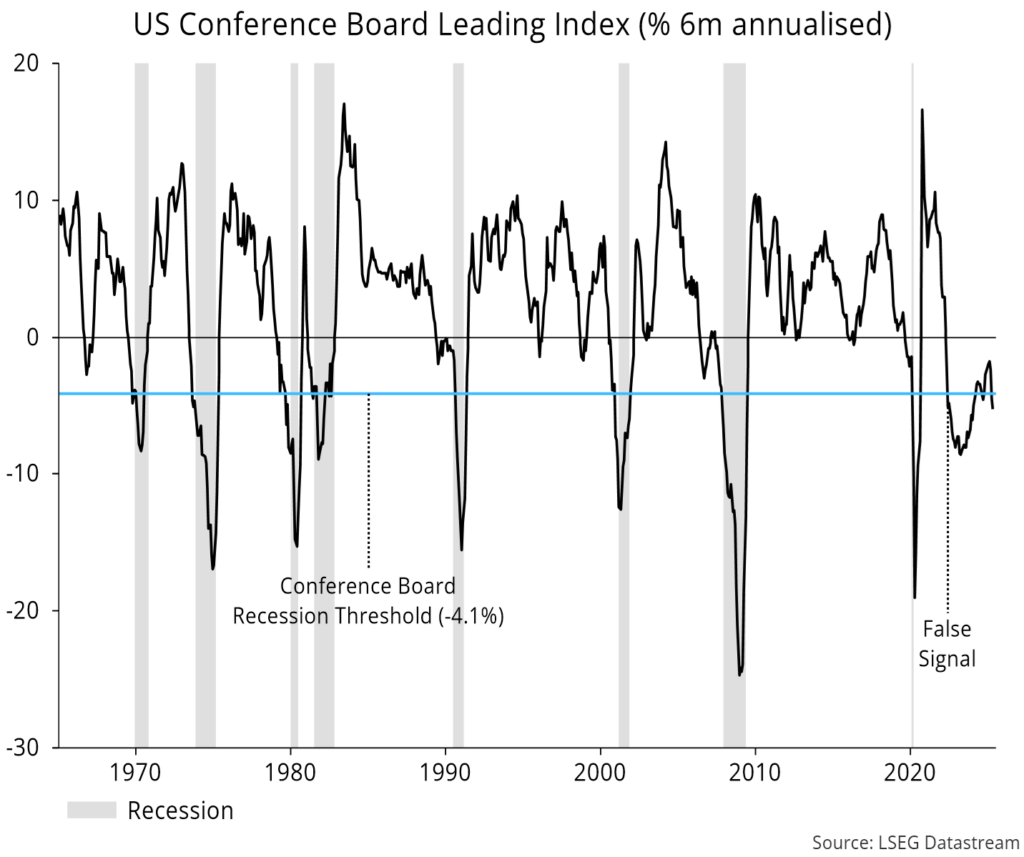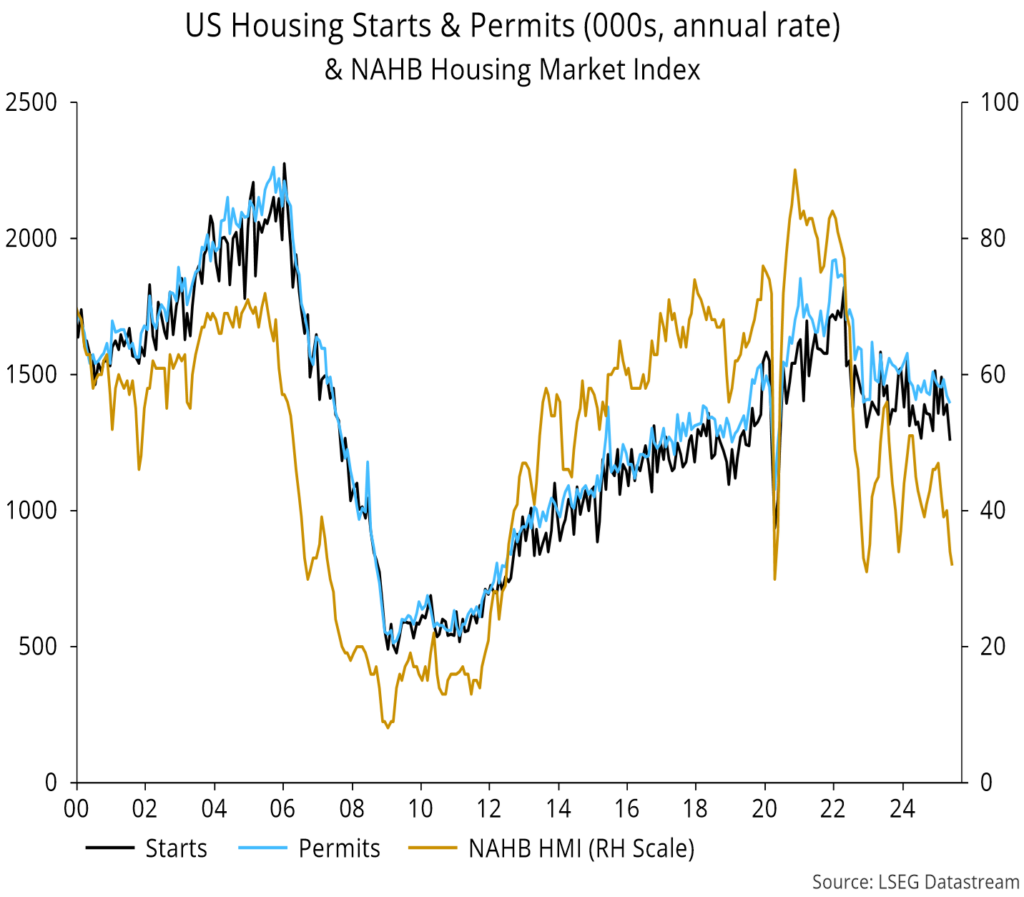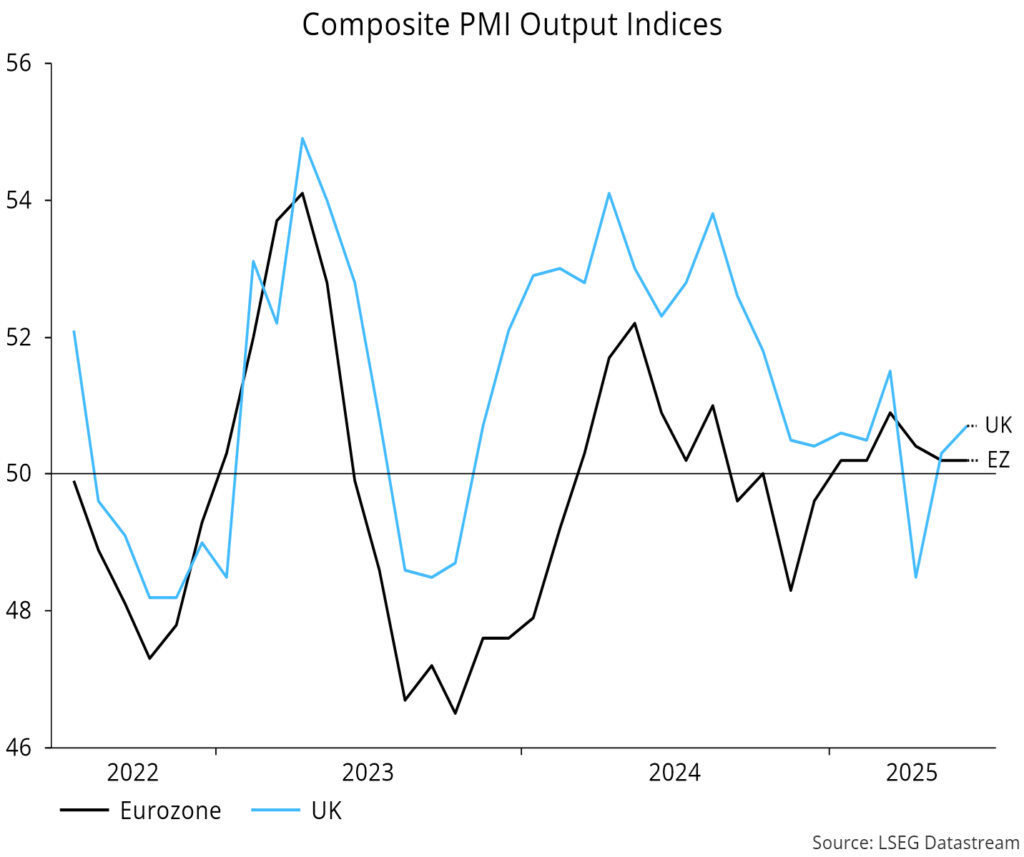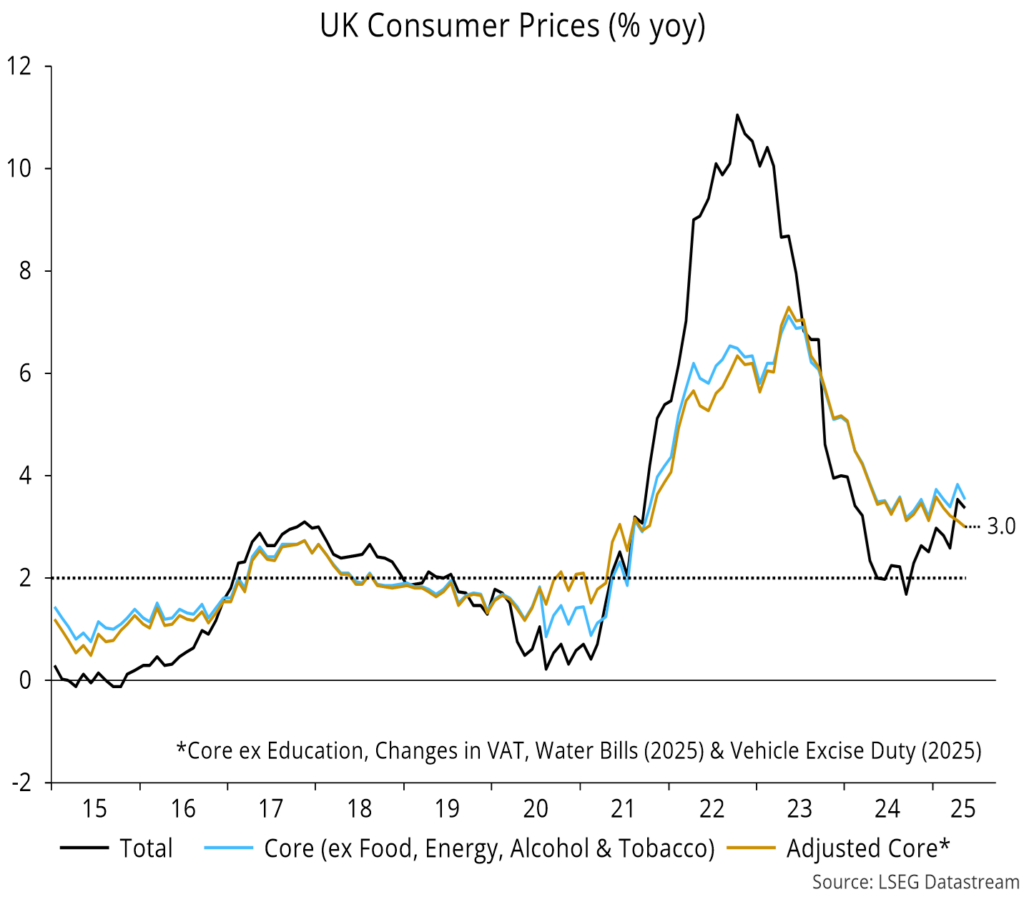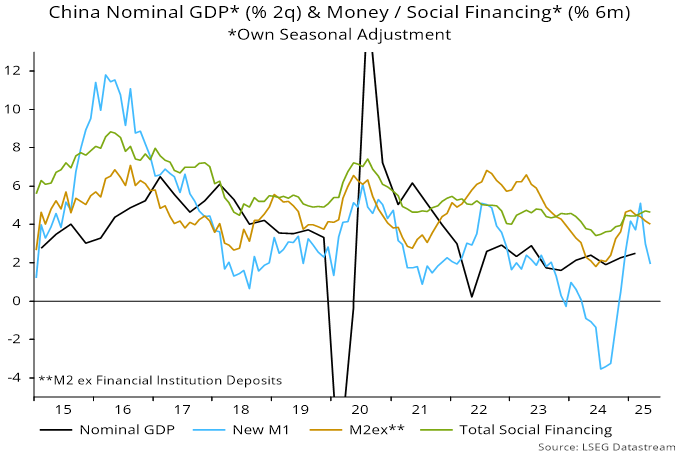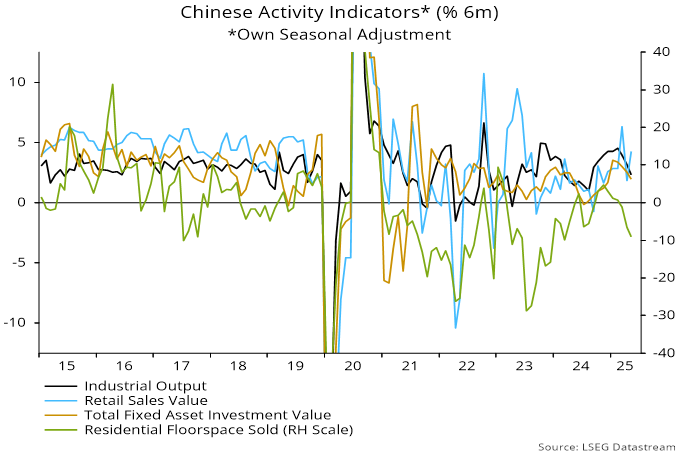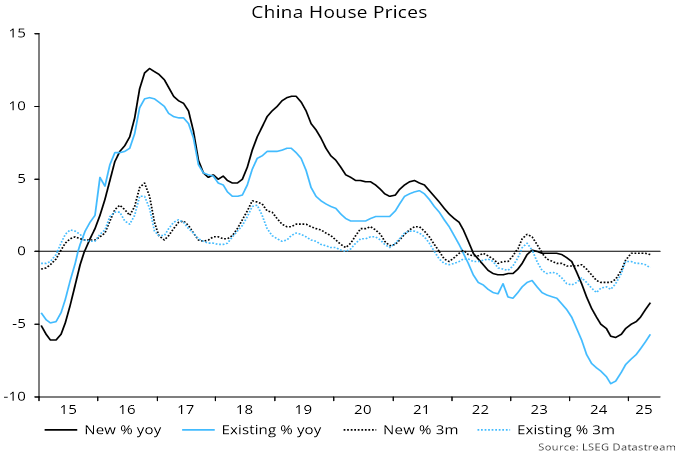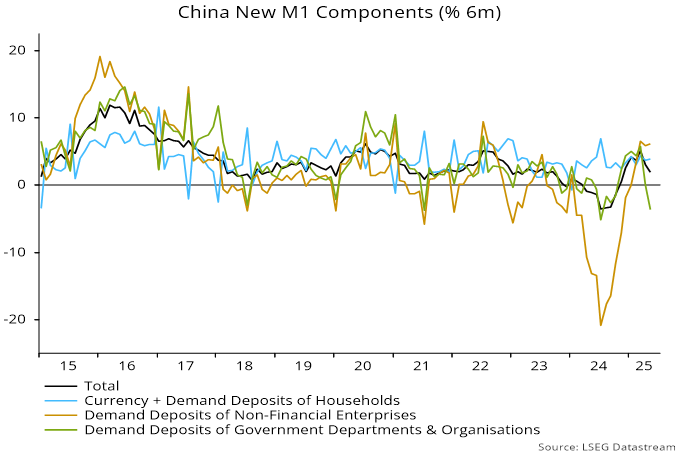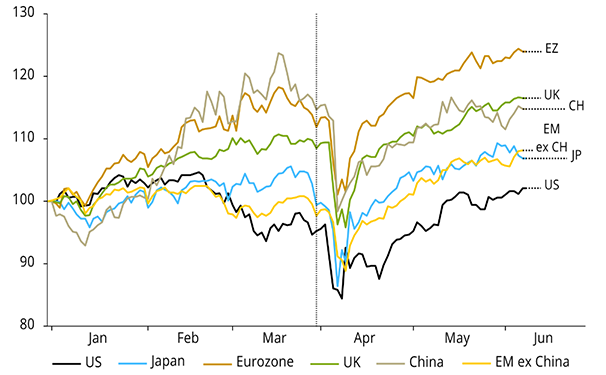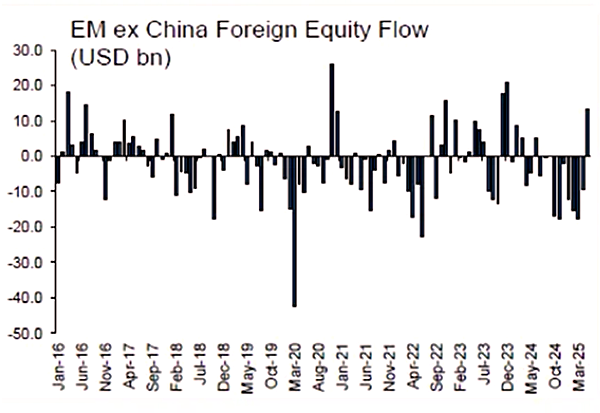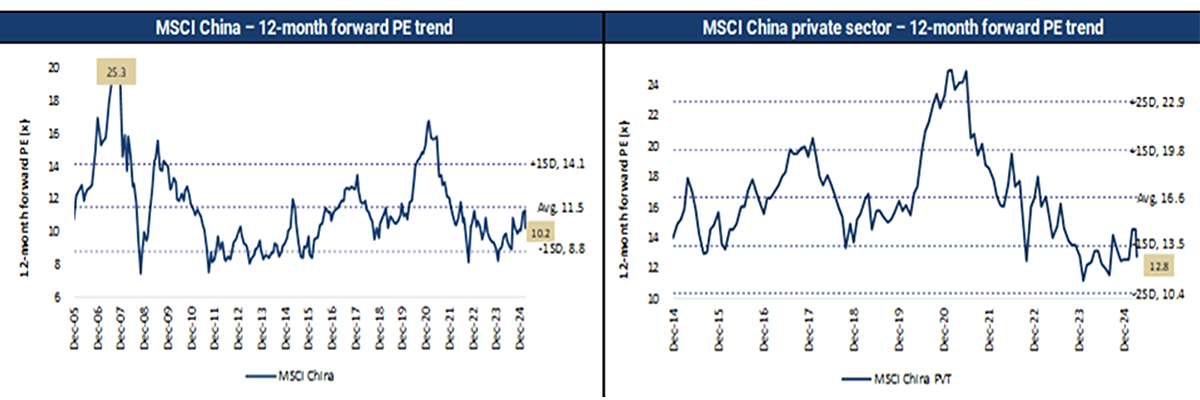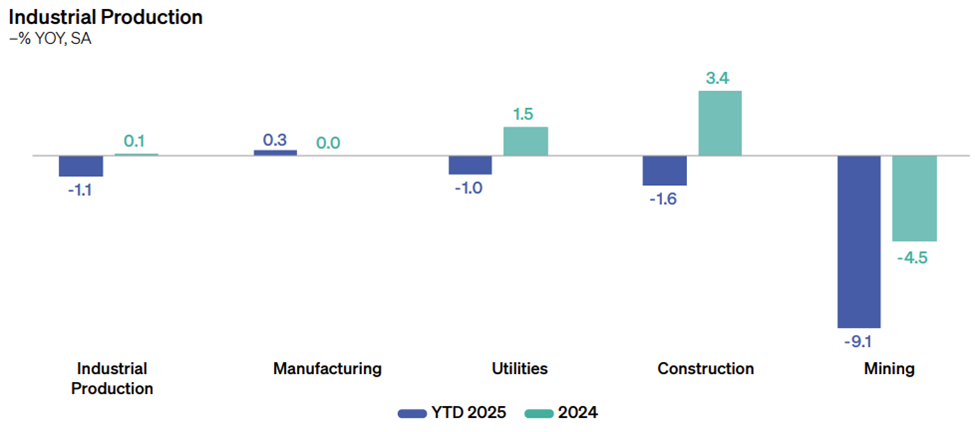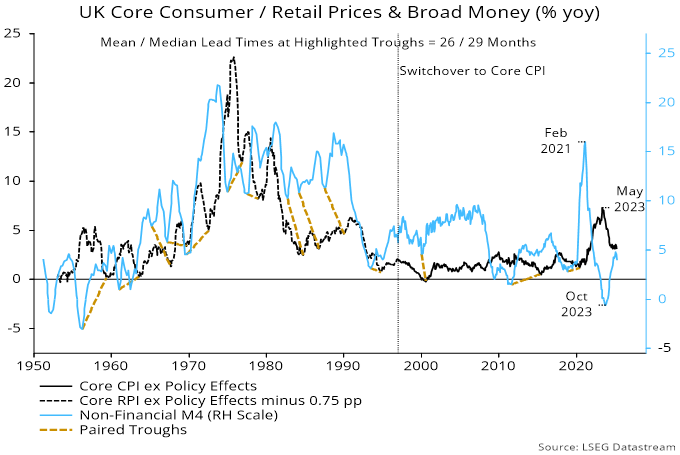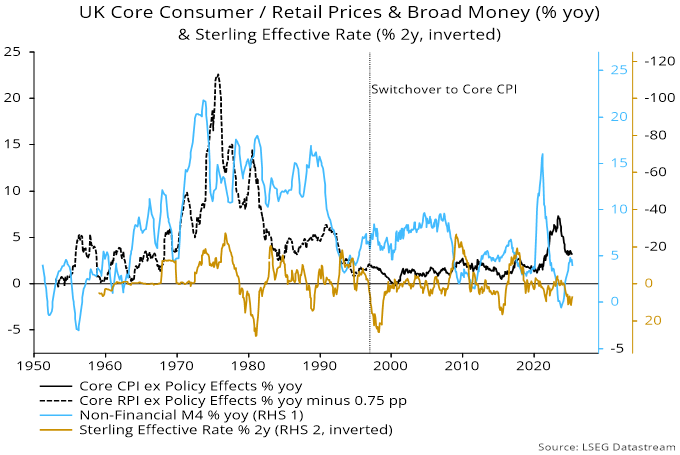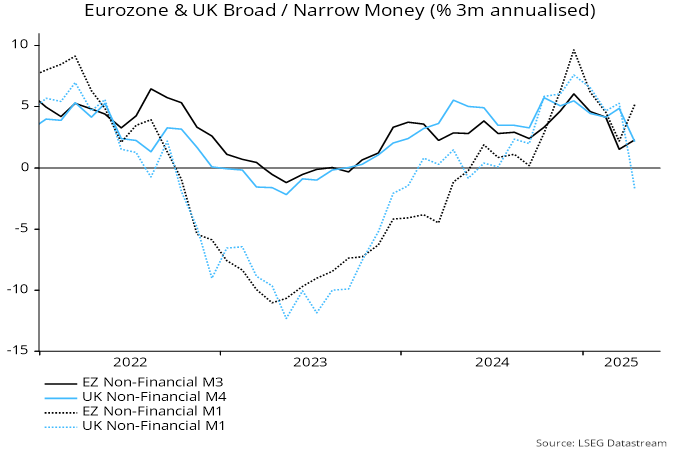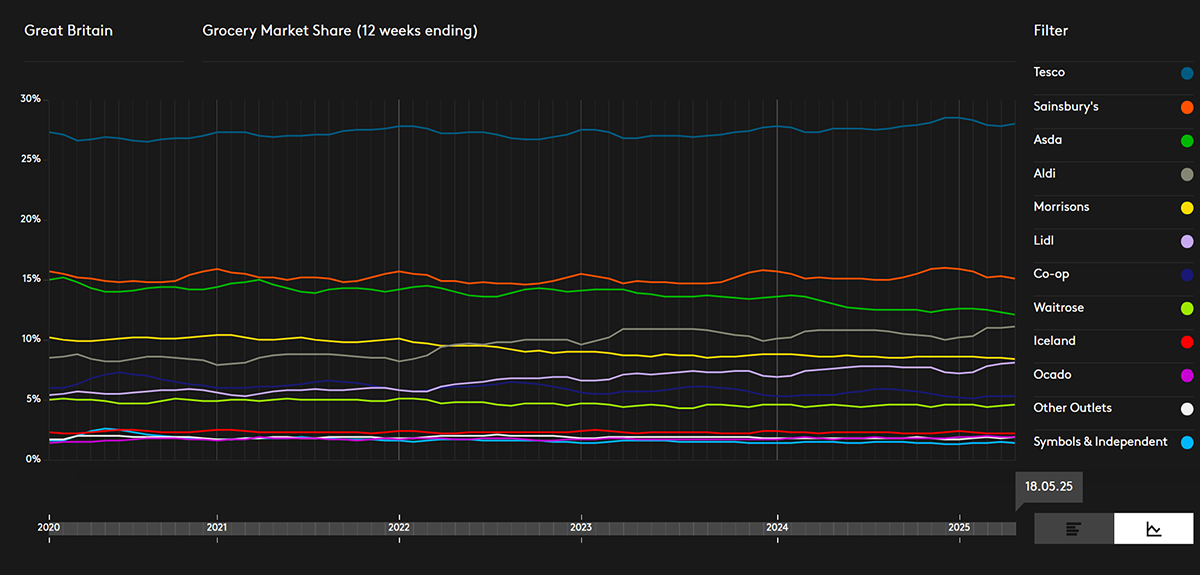
Artificial intelligence (AI) represents technological advancements that enable machines to emulate how our brains work, mimicking the way we receive data, solve problems and make decisions. AI is acknowledged as the latest general-purpose technology (GPT*), following previous innovations like the steam engine, electricity and the Information and Communication Technology (ICT) revolution. This article examines how AI is expected to contribute to economic productivity and its implications for the asset management industry.
GPT and the economy
The economic productivity benefits of a GPT unfold in three phases:
- Initial phase: During this phase, the technology is new and not widely adopted, resulting in minimal benefits.
- Growth phase: As technology improves, implementation costs decrease, and it becomes more widespread, leading to significant productivity gains.
- Maturity phase: The pace of improvements and rollouts slow, causing productivity gains to taper off.
Historically, it took several decades for GPT productivity gains to materialize. However, the timeframe for AI is shorter due to its software-based nature, allowing advancements to be deployed quickly and efficiently.
AI is anticipated to impact the economy in several ways:
- Efficiency savings: AI will boost productivity through one-time efficiency savings, either by maximizing existing resources or performing tasks with fewer resources.
- Human-AI collaboration: In some cases, AI will replace humans, while in others, it will help humans become more efficient in their jobs. Despite concerns about AI, 95% of workers recognize the value of working with AI.
- Complementary innovations: The full benefit of AI is not likely to be realized until there are complementary innovations, like how the development of web browsers and search engines helped maximize the potential of the internet.
PwC forecasts that global GDP will be up to 14% higher in 2030 due to the adoption of AI, equivalent to an additional USD15.7 trillion. It is expected that over half of the gains will come from improved labour productivity. However, the economic benefits of AI will not be evenly distributed, with the United States anticipated to gain the fastest and possibly the most due to its substantial private and public investment in AI research and development and its large number of AI start-ups.
AI and equities
Equity managers can be broadly classified into two styles: fundamental and systematic (quantitative). Fundamental managers conduct in-depth research on individual companies, sometimes using AI tools to complement their analysis. In contrast, systematic managers have long advocated for the use of technology, using computer-driven models to analyze a large universe of stocks.
For example, technological advancements have enabled the Connor, Clark & Lunn Investment Management Quantitative Equity Team to enhance its investment process through increased computing power and greater availability of data. This has led to the team equally valuing their investment philosophy and technology philosophy, with portfolio managers collaborating closely with machine learning and other computing professionals in a fully collaborative environment.
As computers have become smarter and faster, the scope of analysis has expanded. The team has transitioned from using several fast individual machines to a large internal grid for parallel computing, located both in their office and in the cloud, allowing access to thousands of CPUs on demand in a cost-effective manner.
Data has always been central to equity investment management. Today the team can utilize significantly more data due to the increased sophistication of algorithms. The challenge for all asset managers is to narrow thousands of dataset candidates to the ones most likely to provide unique insights and then verify the selected data. This is where machine learning tools excel by transforming large and complex datasets and capturing non-linear relationships to reveal valuable information or organize unstructured data to better assess insights. Data sources are validated through multiple layers, including direct dialogue with data vendors, emphasizing the importance of both human and machine involvement in the process.
While greater availability of data and more powerful computing resources have elevated the systematic equity investment process, it still relies on the collaboration between humans and technology at this stage in the AI evolution.
AI and infrastructure
AI is significantly enhancing the efficiency of various infrastructure assets. There is also a need for substantial investment in the infrastructure network to support AI, including data centres, the electricity required to power them and fibre networks to connect them to users.
The demand for storage and computing power in data centres has surged. McKinsey estimates that global demand could quadruple by 2030. This presents challenges for powering data centres due to their huge appetite for energy. For instance, Microsoft has established a deal with Constellation Energy to supply power for its new data centre in Virginia, and Amazon has similar arrangements with Talen Energy Corporation.
There are many ways in which AI is contributing to enhancing the efficiency of infrastructure assets. For example, while a functioning elevator is important in an office building, it is critical in a hospital where it transports patients to life-saving surgeries. This type of infrastructure asset operates on an availability basis, meaning that if it is not working, deductions are taken from the revenue. AI is being used to predict when an elevator would benefit from early maintenance, thereby reducing potential income deductions due to non-working elevators and improving the return earned on the infrastructure asset.
At airports, AI models are being used to optimize staffing at security checkpoints to match the number of passengers at different times of the day, significantly reducing wait times. The time required to go through airport security will be further reduced when biometric AI technology to capture face-prints is more broadly introduced.
Risks of AI
While AI is making significant contributions in many areas, it is not without risks. A McKinsey survey found that nearly a quarter of respondents were most concerned about data inaccuracy, while cybersecurity was the second-ranked risk.
The concern with data inaccuracy is that “garbage in” implies “garbage out,” meaning we need to be wary of misinformation which occurs when AI unintentionally produces false information. An even bigger concern is disinformation, where unscrupulous people intentionally generate false information using AI. For asset managers, this underscores the importance of verifying any data source being used.
Opportunities and challenges of AI
The economic impact of AI is expected to materialize more rapidly than that of past GPTs, primarily because AI is software-based and can be deployed quickly and efficiently. As the volume of data continues to multiply, it will present both opportunities and challenges. AI is contributing to efficiencies in the asset management industry, particularly in certain segments of equities and infrastructure. However, its influence is expected to extend to many more asset classes over time. Staying abreast of technological advancements is crucial to avoid being left behind or, worse, being replaced by AI.
* Not to be confused with the “GPT” at the end of “ChatGPT” which, in that case, stands for Generative Pre-trained Transformer.
